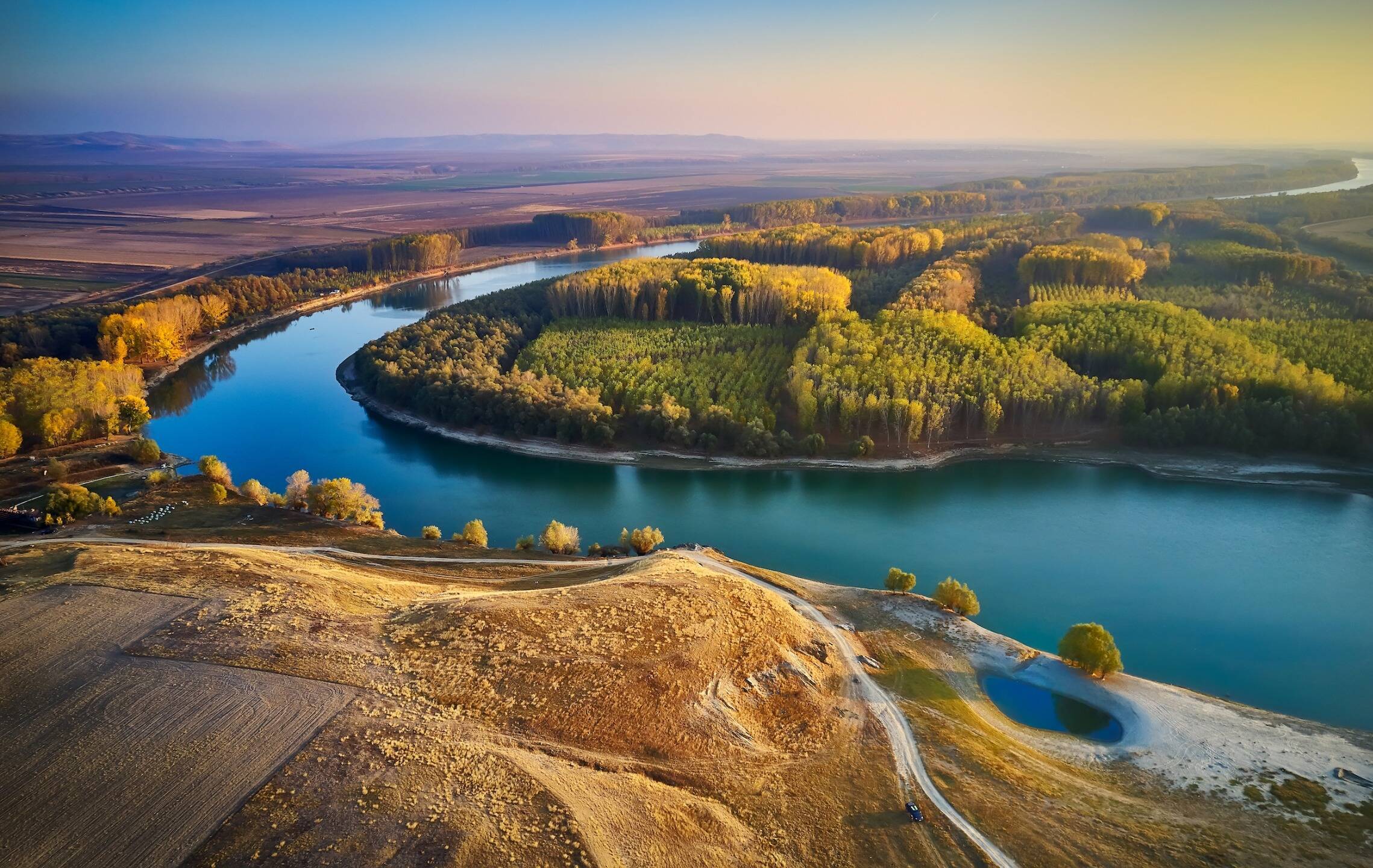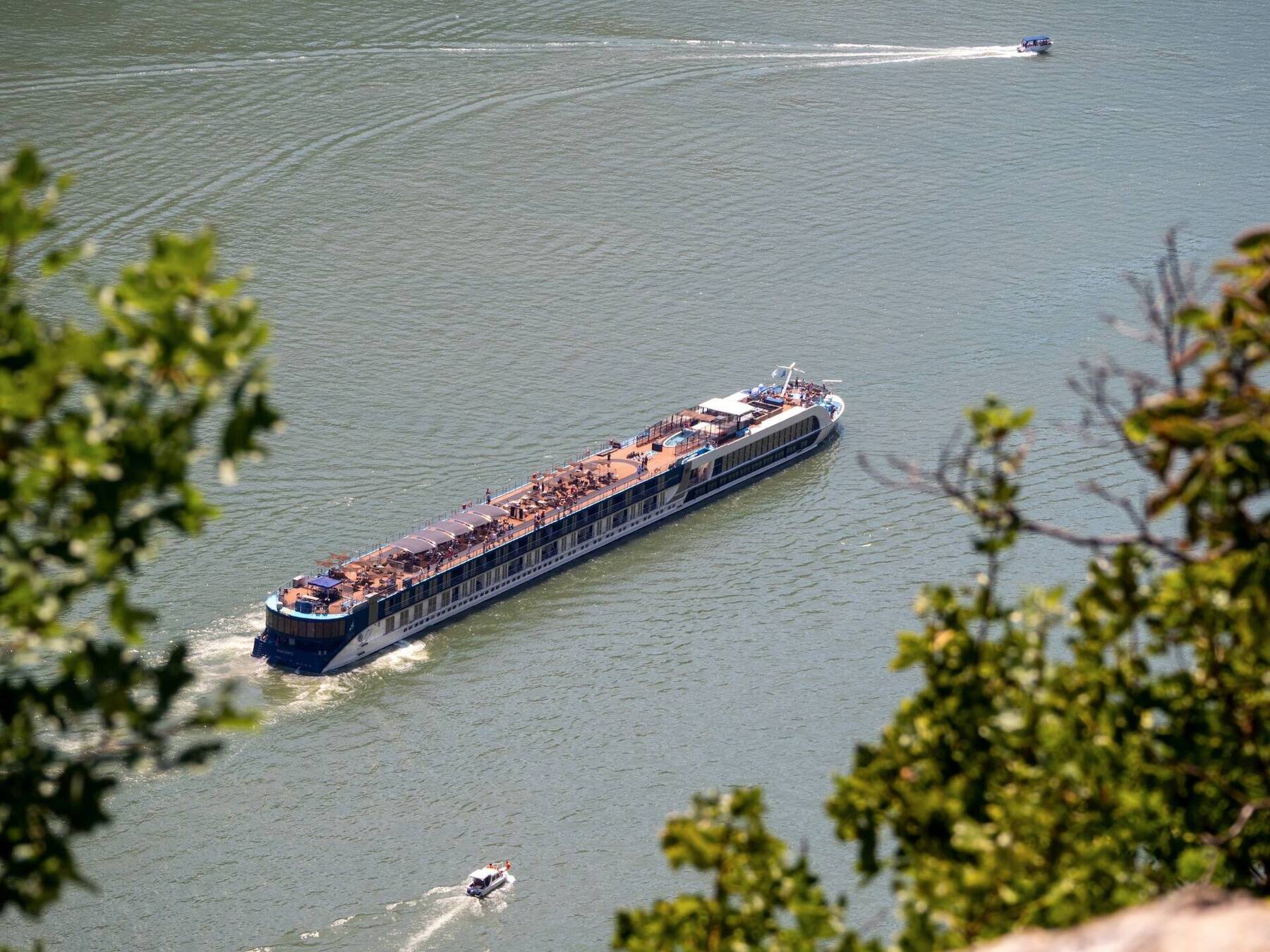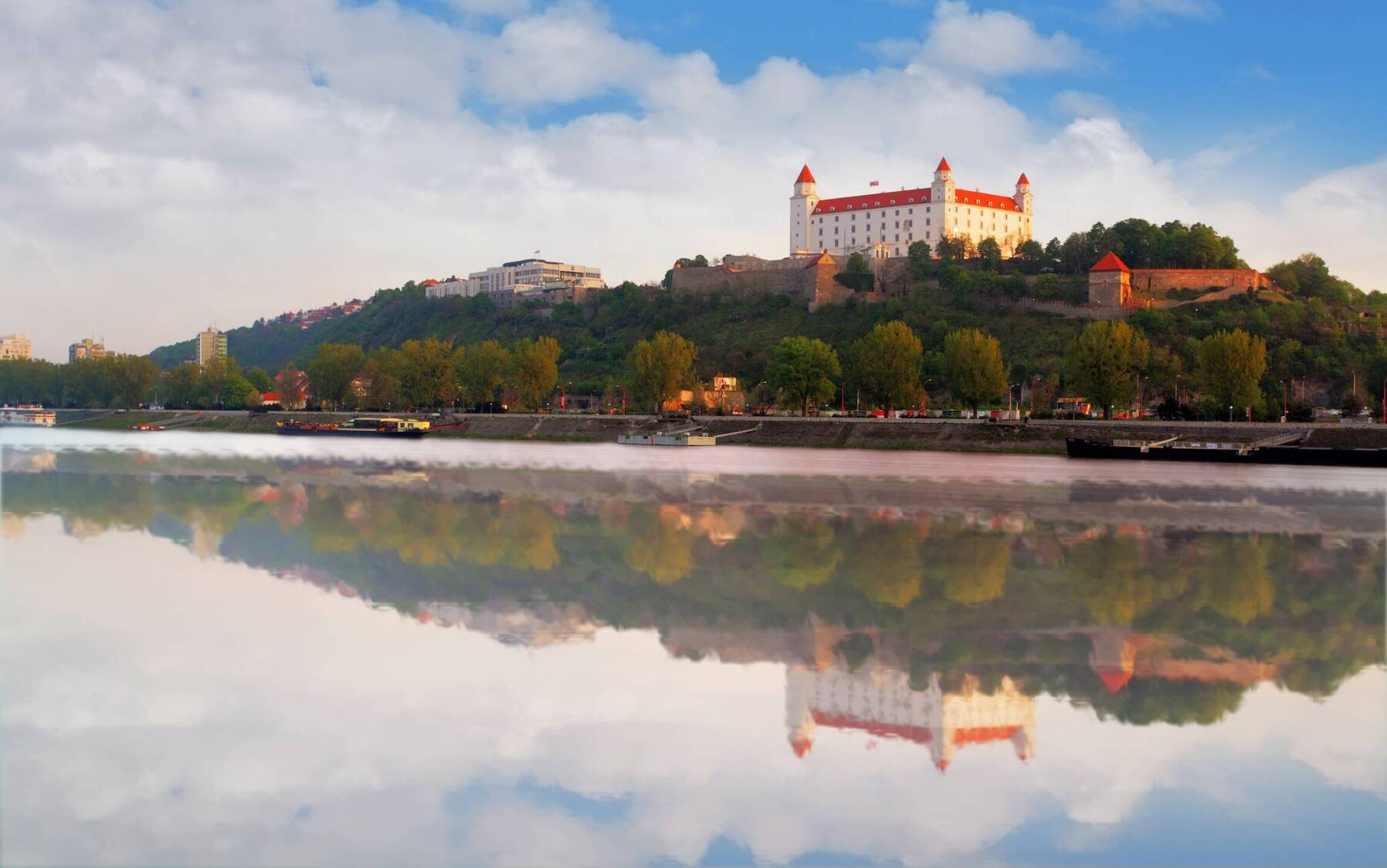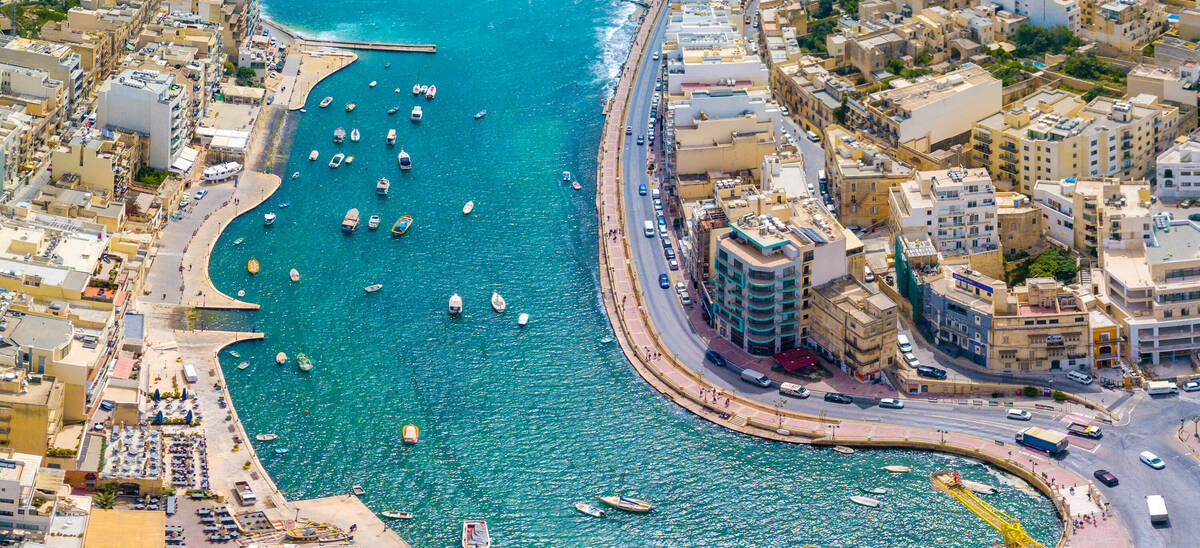Europe’s Great Artery
Oceans take you to countries, rivers take you through them. Every morning a gauzy pink sunrise unveils flanks of riverbanks, the dark limbs of apricot trees wearing spring blossoms, wild grass tufting amid sand and rock as landscapes materialise like the earth goddess Gaia getting dressed. Steeples and domes drift by one minute; vineyards tumble down mountain slopes the next.
With its glass elevator, lounge, two restaurants, gym, spa, marble bathrooms, suites, and balconied staterooms, the 164-passenger AmaCerto, part of the Amawaterways fleet, is a far cry from the confines of the narrow steamboats of the 1830s when tourists first traversed the Danube. A pool with a swim-up bar shares the top level with outdoor sofas, and a giant chessboard. Onboard bicycles encourage village explorations.























Comments